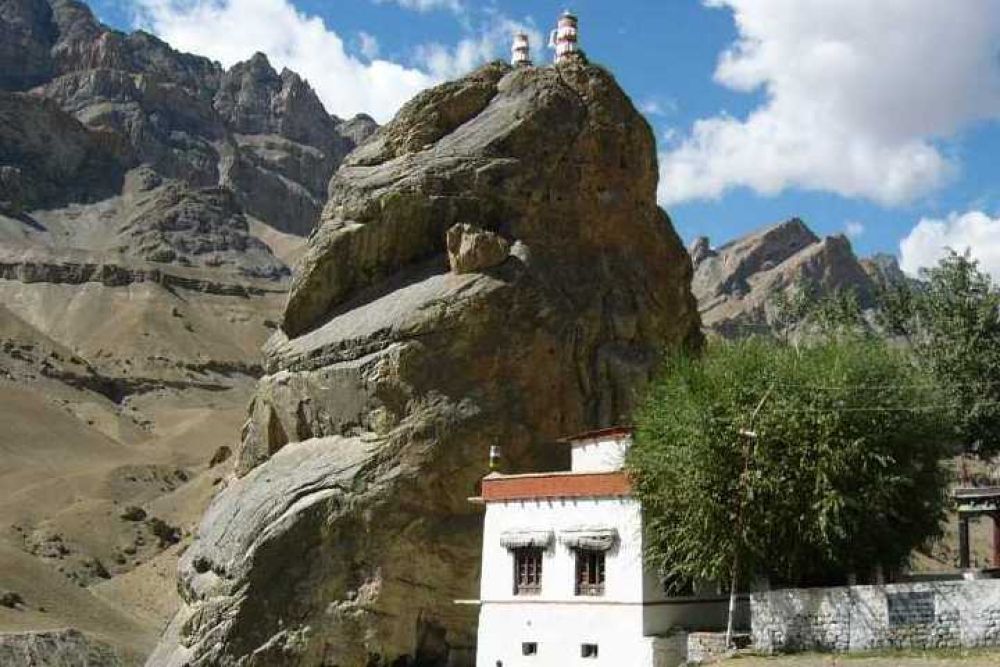

Situated on the way to Kargil from Leh at a height of around 3,304 meters, Mulbekh Monastery is a historic site that comprises two gompas, one belonging to the Drukpa (Buddhist) sect and the other to the Gelugpa (Buddhist) sect. The monastery is known for its gigantic statue of Maitreya Buddha, etched out of a towering rock face, symbolizing the future Buddha in a seated posture, which is believed to be dated back to the 8th century.
Though the exact onset of tourism at Mulbekh Monastery is not widely documented, travel to the region became pronounced with the increase of adventure and culture-based tourism in Ladakh. In the late 20th century, as roads and infrastructure improved, more travelers began to explore this remote part of India, attracted by its rich culture and breathtaking landscapes.
The region gained more international fame in the 1970s when Ladakh was opened to foreign tourists. Since then, Mulbekh Monastery has become a significant site for those undertaking the Srinagar-Leh highway journey, capturing the essence of Ladakh’s history, culture, and religion.
Modern tourism trends in Ladakh—and by extension Mulbekh Monastery—encompass sustainability and responsible travel. With Ladakh sensitive to climate change and ecological disruption, authorities and tour operators are increasingly emphasizing the preservation of Ladakh's natural and cultural heritage.
Cultural immersion experiences have gained popularity, with tourists seeking authentic interactions with local communities, and a deeper understanding of the Buddhist way of life in the region. Moreover, adventure tourism continues to thrive with travelers engaging in trekking, mountain biking, and motorbiking across the rugged terrain of Ladakh, often with Mulbekh Monastery as a key stopover for its spiritual and cultural significance.
To visit Mulbekh Monastery, tourists typically arrange for transport from Leh or Kargil. The best time to visit is during the summer months between May to September when the roads are free of snow.
Visitors are encouraged to respect the sacred site by dressing modestly and adhering to local customs. Photography is often permitted, but tourists should check for any restrictions, particularly inside the prayer halls. Local homestays and guesthouses offer accommodation, providing a more immersive experience.
Mulbekh Monastery remains a timeless testament to the rich cultural tapestry of Ladakh. As tourism evolves, it continues to attract those in search of spirituality, culture, and adventure, making it a cornerstone of tourism in the Indian Himalayas.